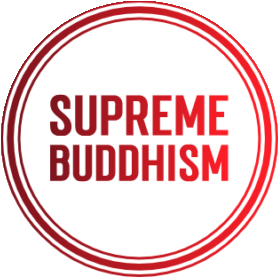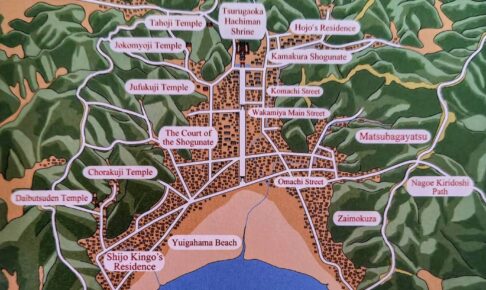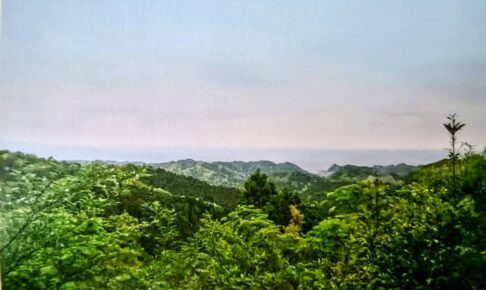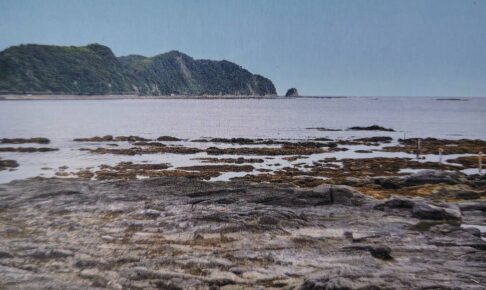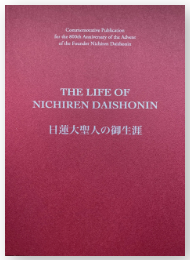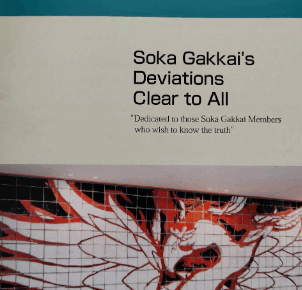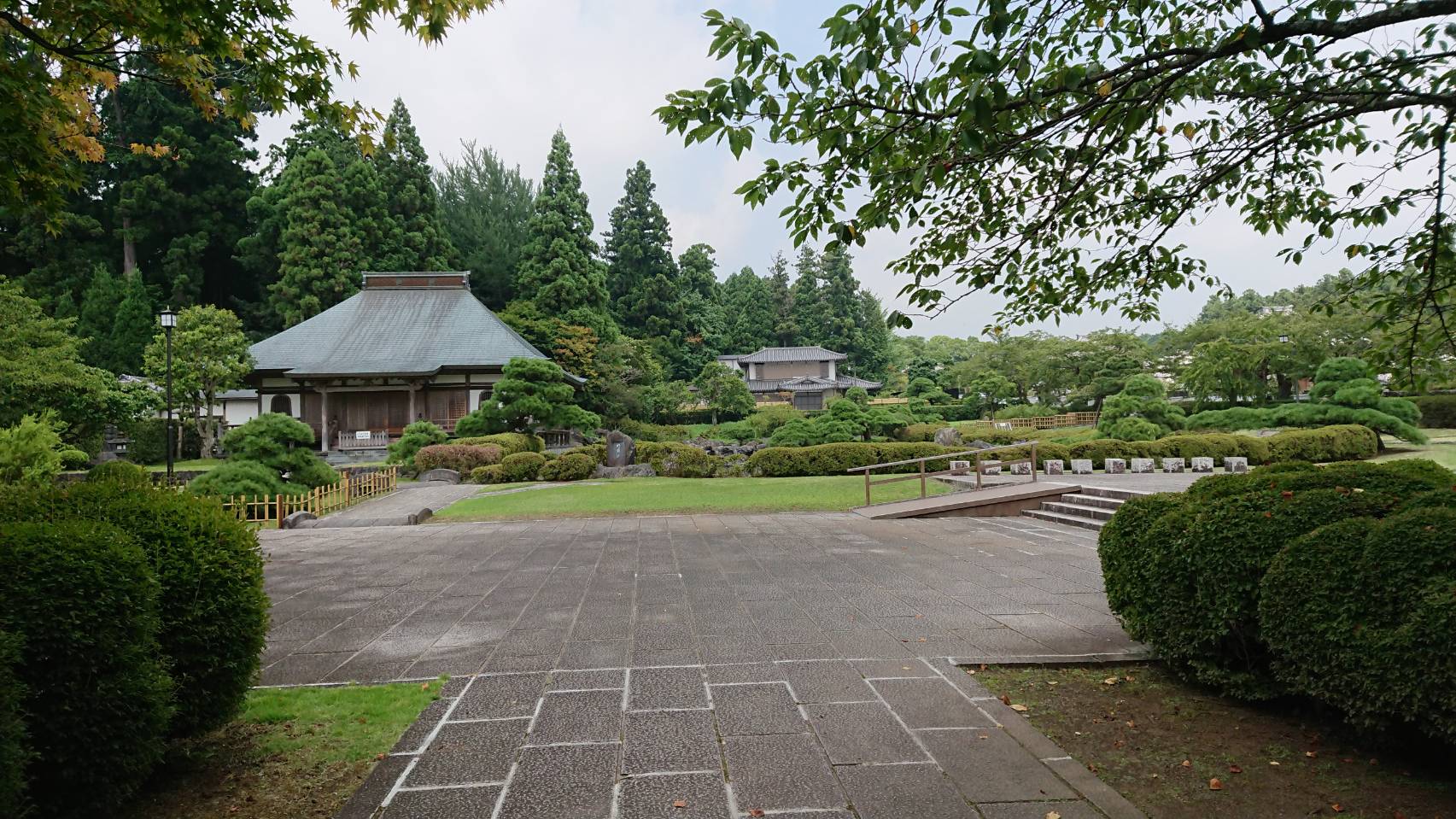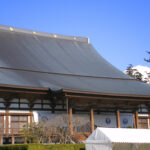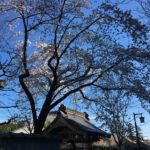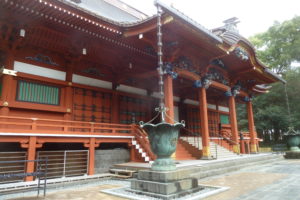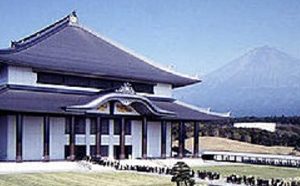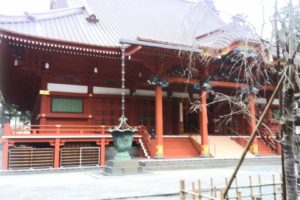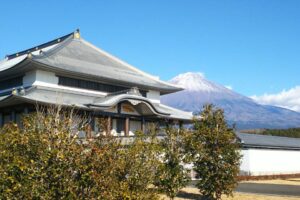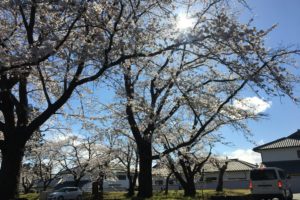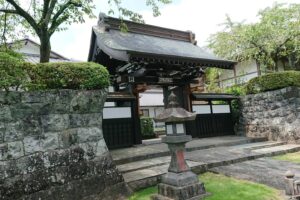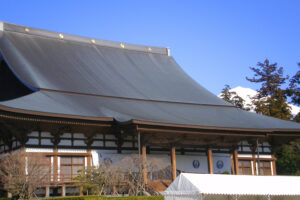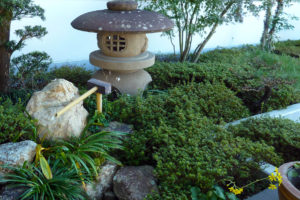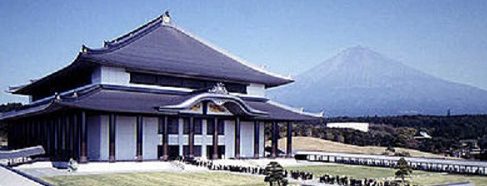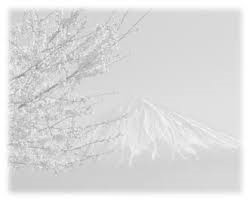Contents
Introduction
On the sixteenth day of the seventh month of Bun’o (1260), Nichiren Daishonin submitted the Rissho ankoku- ron (“On Securing the Peace of the Land through the Propagation of True Buddhism”) to Saimyo-ji Nyudo Tokiyori (Hojo Tokiyori), the retired regent of the shogunate.
He was the most powerful governmental figure at the time.
The submission of this treatise marked the Daishonin’s admonition against the he pointed out the fundamental cause of the recurring the way to achieve peace and tranquility in the Aurap pue saue land, Hojo Tokiyori and the entire feudal calamities and administration chose him.
What, then, happened as a result?
As prophesized in the Rissho ankoku-ron, the calamities of revolt within one’s own lands actually occurred.
The feudal regime in Kamakura and the people of Japan faced a true crisis.
This is a clear demonstration spuet u8tator uon uoiseaut pue ureuop of the passage that states: “The Buddha’ s words are true and not false.” (butsugo jippu-ko). (Lotus Sutra, p. 442)
The Postscript
One copy of the Rissho ankoku-ron was transcribed on the eighth day of the twelfth month of the sixth year of Bun ‘ei (1269).
It is stored today in Hokekyoji Temple in Chiba Prefecture, and it has been designated a Japanese national treasure.
Another copy was transcribed towards the end of the Kenji era (1275-1277) or the beginning of the Koan era (1278-1287).
The Rissho Ankoku-Ron” Today, it is stored in Honkokuji Temple in Kyoto.
The Rissho ankoku-ron text that we use today comes from the Hokekyoji Temple copy.
It is the source text on which the presently published Gosho is based.
On the eighth day of the twelfth month of the sixth year of Bun’ei 1269, when the Daishonin completed his transcription of the copy of the Rissho ankoku-ron, he wrote a related document.This writing is called the “Postscript to the Rissho ankoku- ron” (Ankoku-ron oku- gaki).
When we consider this “Postscript” together with the text of the “Rationale for Submitting the Rissho ankoku-ron” (Ankoku-ron gokan yurai), which the Daishonin addressed to Hokan-bo on the fifth day of the fourth month of the fifth year of Bun’ei (1268), we can understand the reason why the Daishonin wrote the Rissho ankoku-ron.
The Reason for the Daishonin’s Writing
For several years, disasters, calamities, and catastrophes both natural and man-made occurred.In particular, on the twenty-thi rd day of the eighth month of the first year of Shoka (1257), a tremendous earthquake shook Kamakura around 9 o’clock in the evening.
The Daishonin looked upon the cause of the calamities and poignantly expressed the following conclusion: The people of today all turn their backs upon what is right; to a man, they give their allegiance to evil. (Gosho, p. 234; MW-2, p. 5-6)
Thereafter, the Daishonin spent three years assiduously collecting documentary evidence and organizing the structure of his treatise.
Finally, on the sixteenth day of the seventh month of the first year of Bun’o (1260), he used Yadoya- saemon-no-nyudo Mitsunori as a mediator through whom He submitted the Rissho ankoku-ron to Hojo Tokiyori.
As mentioned previously, the Hojo feudal government ignored this. In fact, to make matters worse, the officers of the feudal government listened sympathetically to the foolish utterances of the Nembutsu believers.
They attacked Nichiren Daishonin at his humble residence in Matsubagayatsu, exiled him to Ito on the Izu Peninsula, and performed other despicable deeds to harass him.
Their conduct was the working of the three powerful enemies, emerging to interfere with the activities to promote shakubuku.
The relentless occurrences of these persecutions deepened the Daishonin’s conviction that he was, indeed, the votary of the Lotus Sutra and the True Buddha of the Latter Day of the Law.
Con ditions Following the Daishonin’s Revelation of the Truth
In the first year of Bun’ei (1264), four years after the Daishonin’s submission of the Rissho ankoku-ron, a tremendous comet of unprecedented size appeared in the skies over Japan, portending misfortune.
The People were extremely fearful and apprehensive.To make matters worse, in the new year of the fifth: year of Bun’ei (1268), a Mongol messenger arrived in Japan, carrying a letter.
There was absolute pandemonium among the people of Japan.
While, superficially, the letter called for friendly relations, it was, in fact, a notification threatening Japan to submit to Mongol rule.
This was a manifestation of the Daishonin’s prophecy of foreign invasion of Japan.
The Daishonin observed the series of events that occurred following his revelation of the truth in his Rissho ankoku-ron and stated: My work urging precaution has now been substantiated by fact. But this has in no regard happened because of my powers.
Rather it has come about as a response to the true words contained in the Lotus Sutra.(Gosho, p. 420; MW-2, p. 70)
The term “work urging precaution” referred to a type of document (kammon) from the Heian era of Japan (794-1185).
This type of writing the imperial court in response to an inquiry from the emperor.
It contained personal opinions and considerations of high-ranking officials and members of society such as scholars, Confucianists, chroniclers, and revered Shinto priests.
However, there is no historical evidence that the imperial courts or the shogunate sought out scholars, Confucianists, or the Daishonin to inquire about the cause of the current calamities.
Thus, the “work submitted to urging precaution” (kammon), as referred t o by the Daishonin, meant his own voluntary efforts to warn the authorities.
His actions were based on his profound compassion and sincere determination to refute heresy and establish the truth.
The phrase “My work urging precaution has now been substantiated by fact” means that the issues prophesized by the Daishonin approximately a decade earlier, in the Rissho ankoku-ron, had entirely come true.
The Daishonin explained that, based on this, it was evident that people in the future would also experience similar forms of suffering, without fail , if they continued to engage in slanderous activities and turned their backs on True Buddhism.
Indeed, these golden words proved to be true.
Ever since the Kamakura period (1192-1333) and beyond, Japan was constantly at war.Except for a brief reprieve from warfare, Japan plunged directly into the World Wars in modern times.Committing the tremendous slander of upholding Shinto as the state religion, Japan experienced the loss of all too many precious lives To war as the nation was brought to ruin.
Today, even though more than half a century has gone by since the end of the war, there are still many conditions of stress and dysfunction that remain as a result, in the fundamental areas of humanity , such as education, childhood discipline, ideology, morality, and ethics.
The Daishonin wrote: My work urging precaution has now been substantiated by fact. (Gosho, p. 420; MW-2, p. 70)
Here, he triumphantly stated that his Rissho ankoku-ron was, indeed, a powerful admonition that was substantiated by actual proof.
The term for “fact” (shirushi) literally meant “proof” or “omen.”
The Daishonin further stated the following about his prophecies and the facts: But this has in No regard happened because of my powers.
Rather it has come about as a response to the true words contained in the Lotus Sutra.(Gosho, p. 420; MW-2, p. 70)
Thus, he declared that all the occurrences were They were not represented his arbitrary opinions as an individual.
The Daishonin risked his life to present the admonition against the most powerful authority in the nation.
It is evident that he was absolutely unconcerned about fame or fortune.
This is entirely based on Buddhist doctrine. apparent in the following passages from the “Rationale for Submitting the Rissho ankoku-ron” (Gokan yurai):
This I did solely that I might repay the debt of gratitude that I owe to my native land. (Gosho, p. 368; MW-2, p. 62)
and
I say all this solely for the sake of the nation, for the sake of the Law, and for the sake of others, not for my own sake.(Gosho, p. 369; MW-2, p. 66)
These statements demonstrate the great compassion of the Daishonin who sought to lead all humanity-not only in the nation of Japan but also in the entire world – to salvation.
Our Conduct
I previously mentioned that the Daishonin prophesized that rampant slander would cause the utter desolation of the human spirit, complete disillusionment in society, irregularities in climate, crop failures, and uncontrollable epidemies throughout the three existences.
The root cause of thesee conditions was the fact that True Buddhism was not widely propagated.
The Daishonin wrote the following in his Rissho ankoku-ron:
Therefore you must quickly reform the tenets that you hold in your heart and embrace the one true vehicle, the single good doctrine of the Lotus Sutra.
If you do so, then the threefold world will all become the Buddha land, and how could a Buddha land ever decline?
The regions in the ten directions will all become treasure realms, and how could a treasure realm ever suffer harm?
If you live in a country that knows no decline or diminution, in a land that suffers no harm or disruption, then your body will find peace and security and your mind will be calm and untroubled.
You must believe my words, heed what I say! (MW-2, p.45)
This is the Daishonin’s prophecy directed to future generations, to all of us living today.
As priests and lay believers of Nichiren Shoshu, we must uphold the conviction that we can build the Buddha’s land, without fail, by not begrudging our efforts and assiduously advancing every day.
The entire significance of the Rissho ankoku-ron is contained in these few words.
In essence, the phrase, “You must quickly reform the tenets that you hold in your heart” refers to “refuting heresy.”
“Quickly …embrace the one true vehicle” signifies “establishing the Truth” or “propagating True Buddhism.
The passage, “If you do so, then the threefold world will all become the Buddha land, and how could a Buddha land ever decline?
The regions in the ten directions will all become treasure realms, and how could a treasure realm ever suffer harm?” indicates “securing the peace of the land.”
The excerpt, “If you live in a country that knows no decline or diminution, in a land that suffers no harm or disruption, then your body will find peace and security and your mind will be calm and untroubled, “describes the benefits and karmic effects that will be manifested when True Buddhism is established and peace is secured in the land.
The words, “You must believe my words, heed what I say!” refers to a doctrine or a treatise.
The passage urges us to deeply etch in our hearts the spirit of the Rissho ankoku- ron.
It is the manual for shakubuku for ten thousand years and all eternity.It conduct us to vigorously exert our utmost efforts in shakubuku as individuals, so that we can actualize a peaceful and tranquil nation as soon as possible.
